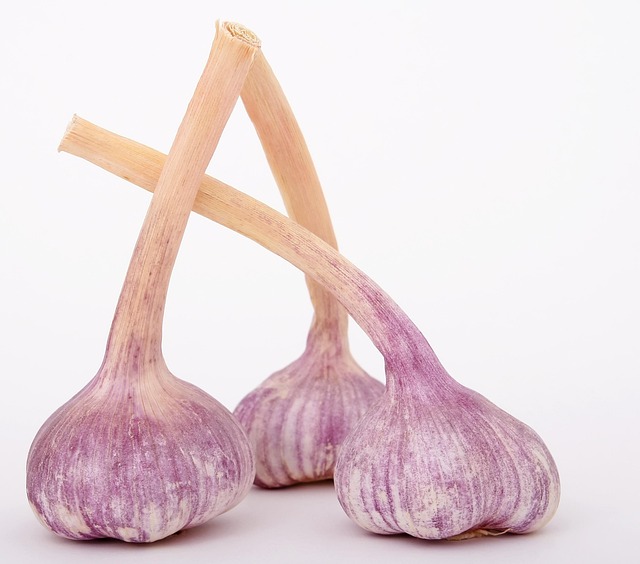PRP injections harness the body's healing abilities through regenerative medicine for effective pain management in conditions like arthritis, tendonitis and muscle strains. This non-invasive, natural approach using concentrated growth factors from a patient's own blood offers faster recovery times without medication side effects, revolutionizing modern pain management practices.
“Discover the transformative potential of Platelet-Rich Plasma (PRP) injections in the realm of regenerative medicine and pain management. This natural, cutting-edge therapy has garnered attention for its ability to accelerate healing and alleviate pain. Our article explores PRP’s mechanisms as a powerful tool in modern healthcare. From understanding the science behind it to its diverse applications in treating injuries and managing chronic conditions, we delve into how PRP injections offer a promising solution for those seeking relief.”
Understanding Platelet-Rich Plasma (PRP) Injections
Platelet-rich plasma (PRP) injections have emerged as a powerful tool in the realm of regenerative medicine, offering promising solutions for pain management. PRP is essentially a concentrated form of your own blood plasma that contains a high level of platelets. Platelets play a crucial role in healing and are rich in growth factors that stimulate tissue repair and regeneration. By injecting PRP into affected areas, such as damaged joints, muscles, or tendons, these growth factors can accelerate the body’s natural healing process.
This innovative approach leverages the body’s own healing mechanisms, making it a relatively non-invasive procedure with minimal side effects. In the context of pain management, PRP injections have shown effectiveness in treating conditions like arthritis, tendonitis, and muscle strains by reducing inflammation, promoting tissue repair, and offering long-lasting relief. As a game-changer in the field, PRP therapy offers regenerative solutions tailored to individual needs, paving the way for enhanced mobility and improved quality of life.
PRP for Healing: A Natural Approach to Regenerative Medicine
Platelet-rich plasma (PRP) injections are emerging as a natural, innovative approach within the realm of regenerative medicine. By harnessing the body’s own healing potential, PRP therapy offers a promising solution for pain management and tissue regeneration. It involves extracting a patient’s blood and spinning it to concentrate platelets, which are rich in growth factors essential for cellular repair and rejuvenation.
This natural process accelerates the body’s inherent ability to heal damaged tissues, making PRP injections particularly effective for treating various conditions such as tendon injuries, ligament sprains, muscle strains, and joint pain. The growth factors present in PRP stimulate fibroblasts to produce collagen, a critical component for tissue reconstruction, thereby promoting healing and reducing inflammation while offering an alternative to more invasive procedures in pain management.
Pain Reduction Techniques Using PRP Therapy
Pain reduction techniques using Platelet-Rich Plasma (PRP) therapy have gained significant attention in the field of regenerative medicine and pain management. PRP injections offer a natural approach to soothing chronic aches and inflammation by harnessing the body’s own healing potential. This treatment involves extracting blood from the patient, separating out highly concentrated platelets rich in growth factors, and then reinjecting this concentrated plasma back into affected areas. These growth factors play a crucial role in stimulating tissue repair, promoting angiogenesis (blood vessel formation), and encouraging the body’s innate immune system to reduce pain and inflammation.
Compared to traditional pain management strategies, PRP therapy presents several advantages. It is minimally invasive, with quick recovery times, and avoids the side effects often associated with long-term use of medications or steroids. Furthermore, PRP can be autologous (derived from the patient’s own blood), making it a safe and personalized solution for regenerative medicine and pain relief.
The Role of PRP in Modern Pain Management Practices
Platelet-rich plasma (PRP) injections have emerged as a significant advancement in modern pain management practices, offering a natural and innovative approach to healing. PRP is a component of regenerative medicine, harnessing the body’s own healing potential by utilizing concentrated platelets derived from a patient’s blood. These platelets are rich in growth factors, which play a pivotal role in stimulating tissue repair and regeneration.
In pain management, PRP injections are being used to target various conditions such as tendonitis, ligament sprains, muscle strains, and articular cartilage damage. By injecting concentrated platelets directly into the affected area, PRP promotes the body’s natural healing process, reducing inflammation and encouraging the growth of new, healthy tissue. This regenerative approach has shown promising results in both clinical trials and patient testimonials, positioning PRP as a game-changer in non-invasive pain relief methods.
Platelet-rich plasma (PRP) injections have emerged as a promising natural approach in both regenerative medicine and pain management practices. By harnessing the body’s inherent healing capabilities, PRP therapy offers a safe and effective solution for accelerating tissue repair and reducing pain. As research continues to evolve, the potential of PRP in various medical applications becomes increasingly evident, providing patients with a promising alternative for achieving long-lasting relief and enhanced quality of life.
